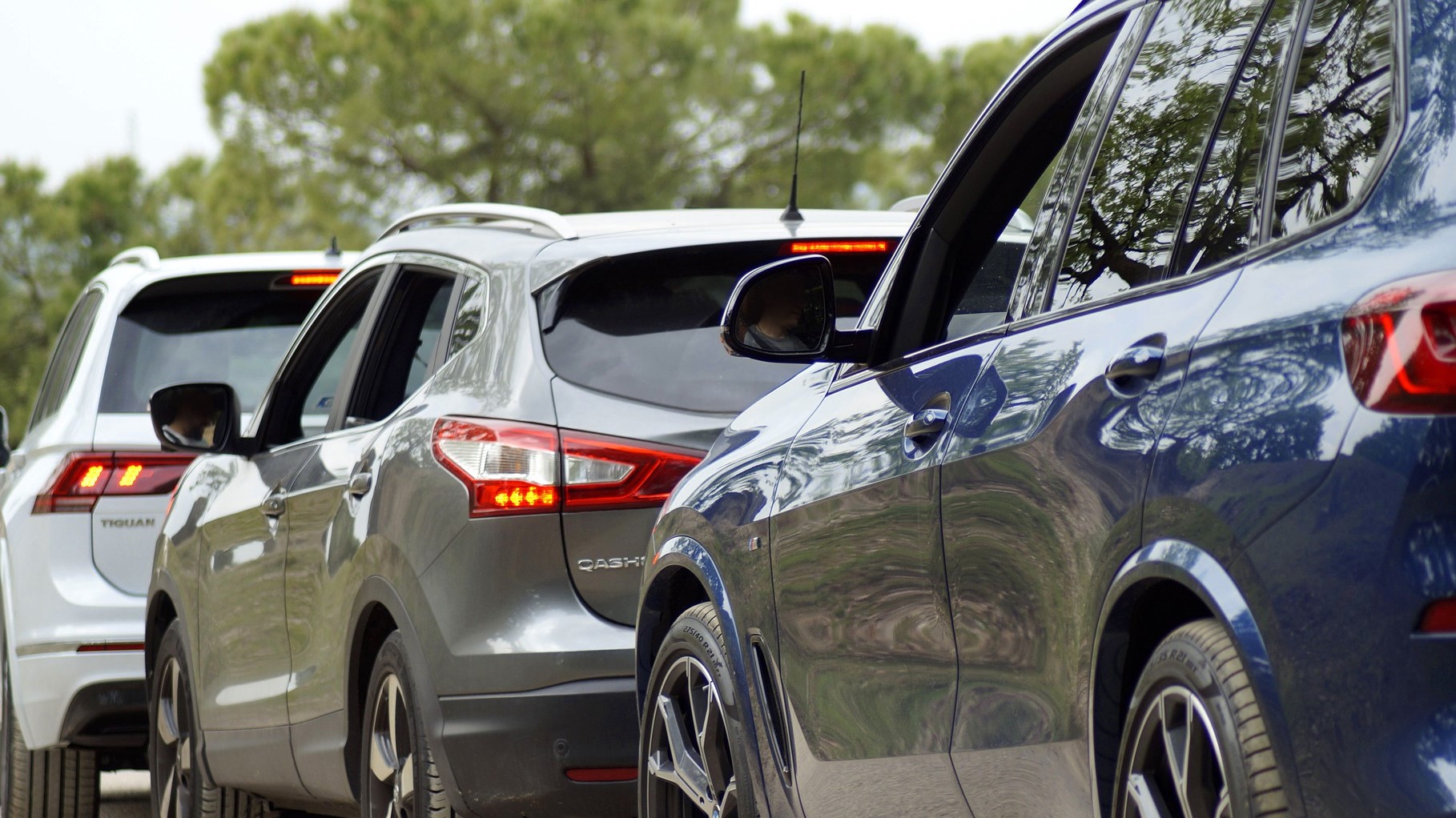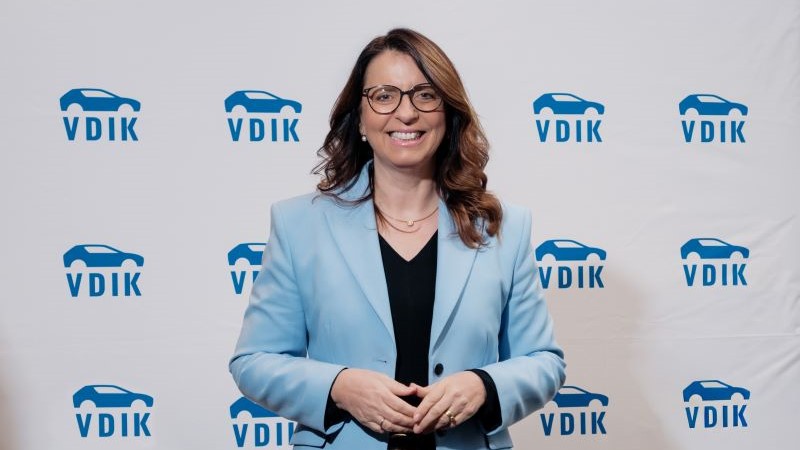The German passenger car market grew by only 3 percent year-on-year in February. The Federal Motor Transport Authority (KBA) registered around 200,500 new registrations. Of these, around 77,500 were new passenger cars from VDIK brands. They increased their market share to 39 percent (same month last year: 37 percent). In the first two months of 2022, around 385,000 new passenger cars were registered, which corresponds to an increase of 6 percent compared to the same period of the previous year.
Reinhard Zirpel, President of the Association of International Motor Vehicle Manufacturers (VDIK), stated: “Although we recorded a slight increase in February, there is still no sign of a recovery in the passenger car market. New registrations were only a few thousand units above the level of the historically poor month of the previous year. The pre-crisis level currently remains a long way off. Although the continuing high level of orders on hand gives cause for cautious optimism, at the moment we have to assume that the war in Ukraine could soon be felt in the automotive market as well. The industry will once again have to prepare for a very difficult year.”
A differentiated picture emerged for electric vehicles in February. New registrations of purely battery-electric passenger cars rose significantly, by 55 percent to around 28,300 units. The number of new plug-in hybrids fell by 1 percent to around 21,600 vehicles. A total of around 89,800 passenger cars with alternative drive systems were registered. These include electric cars, hybrids with and without plugs, mild hybrids, gas-powered passenger cars and fuel cell vehicles. This means that 45 percent of all new cars in Germany in February had an alternative drive system (same month last year: 37 percent). By contrast, the market for diesel-powered passenger cars was weak. Around 41,500 diesel passenger cars were newly registered. The diesel share thus fell to 21 percent (prior-year month: 25 percent).
The private market grew by 25 percent to around 73,000 vehicles. Here, too, the volume is still well below the level before the Corona crisis.
The commercial vehicle market remained down on the same month last year, with around 25,400 new registrations in February – a drop of 8 percent. In the first two months of the year, around 48,600 new commercial vehicles were registered (down 6 percent). However, there was an increase in heavy commercial vehicles.
| February | January – February | ||||
|---|---|---|---|---|---|
| +/- (%) | Share of total car market (%) |
+/- (%) | |||
| Passenger car | 200,500 | 3 | 100 | 385,000 | 6 |
| – VDIK-brands | 77,500 | 9 | 39 | 148,000 | 11 |
| – german brands | 115,200 | -4 | 57 | 227,000 | 0 |
| – other brands | 7,800 | 159 | 4 | 10,000 | 110 |
| Electric vehicles (total) | 49,900 | 24 | 25 | 89,800 | 17 |
| – purely battery-powered | 28,300 | 55 | 48,900 | 41 | |
| – plug-in-hybrids | 21,600 | -1 | 40,900 | -4 | |
| Commercial vehicle | 25.400 | -8 | 48,600 | -6 | |
Source: KBA, VDIK





